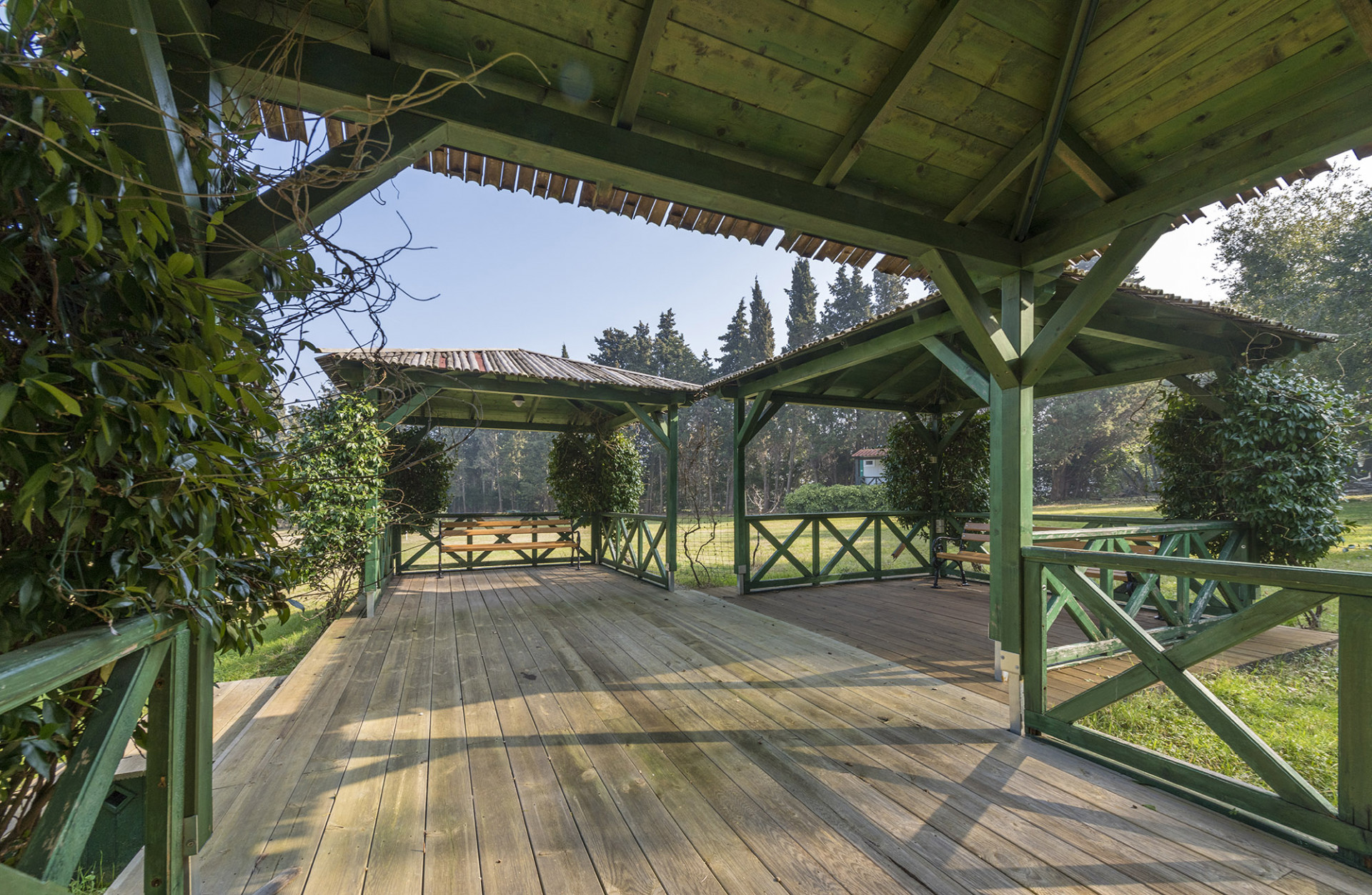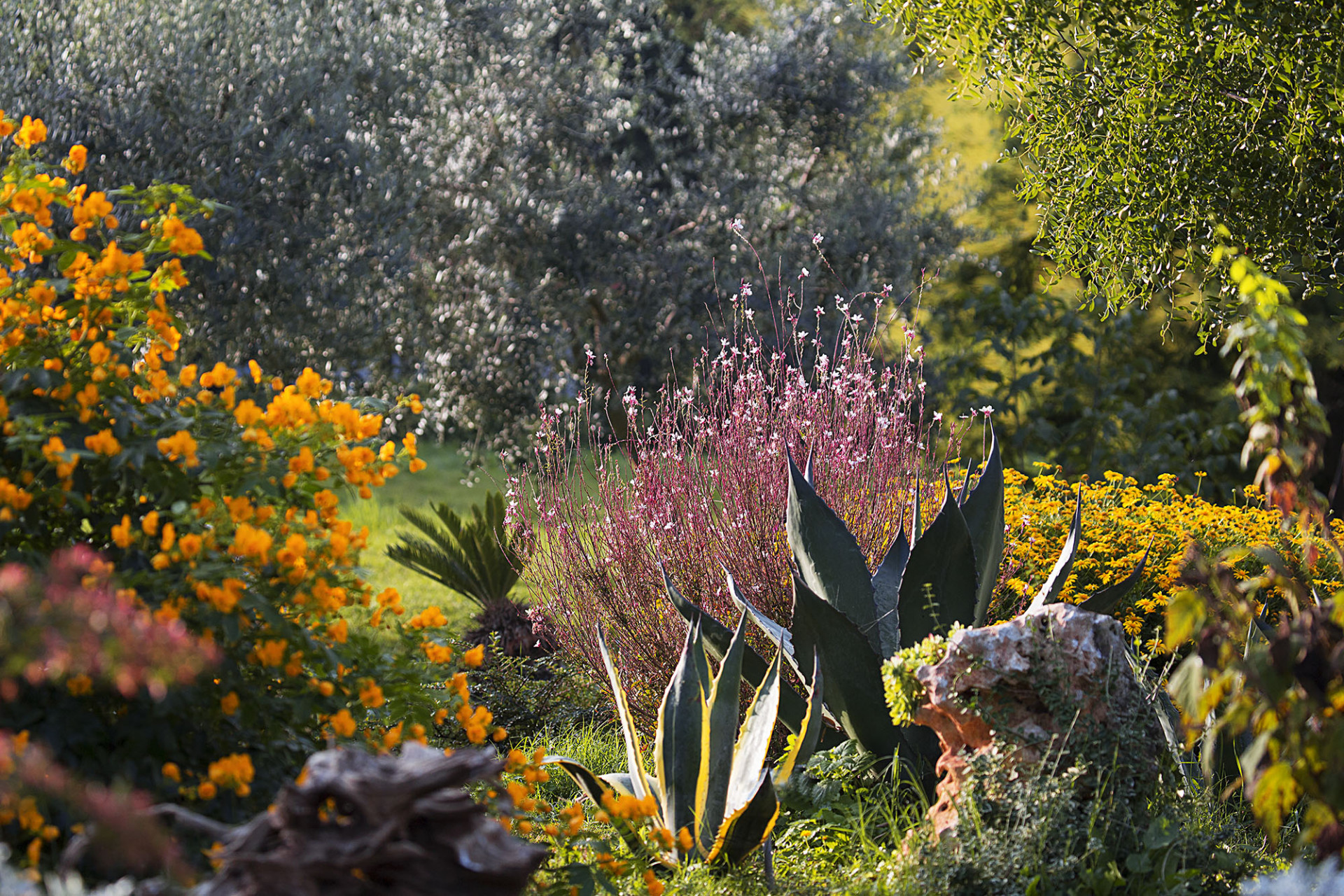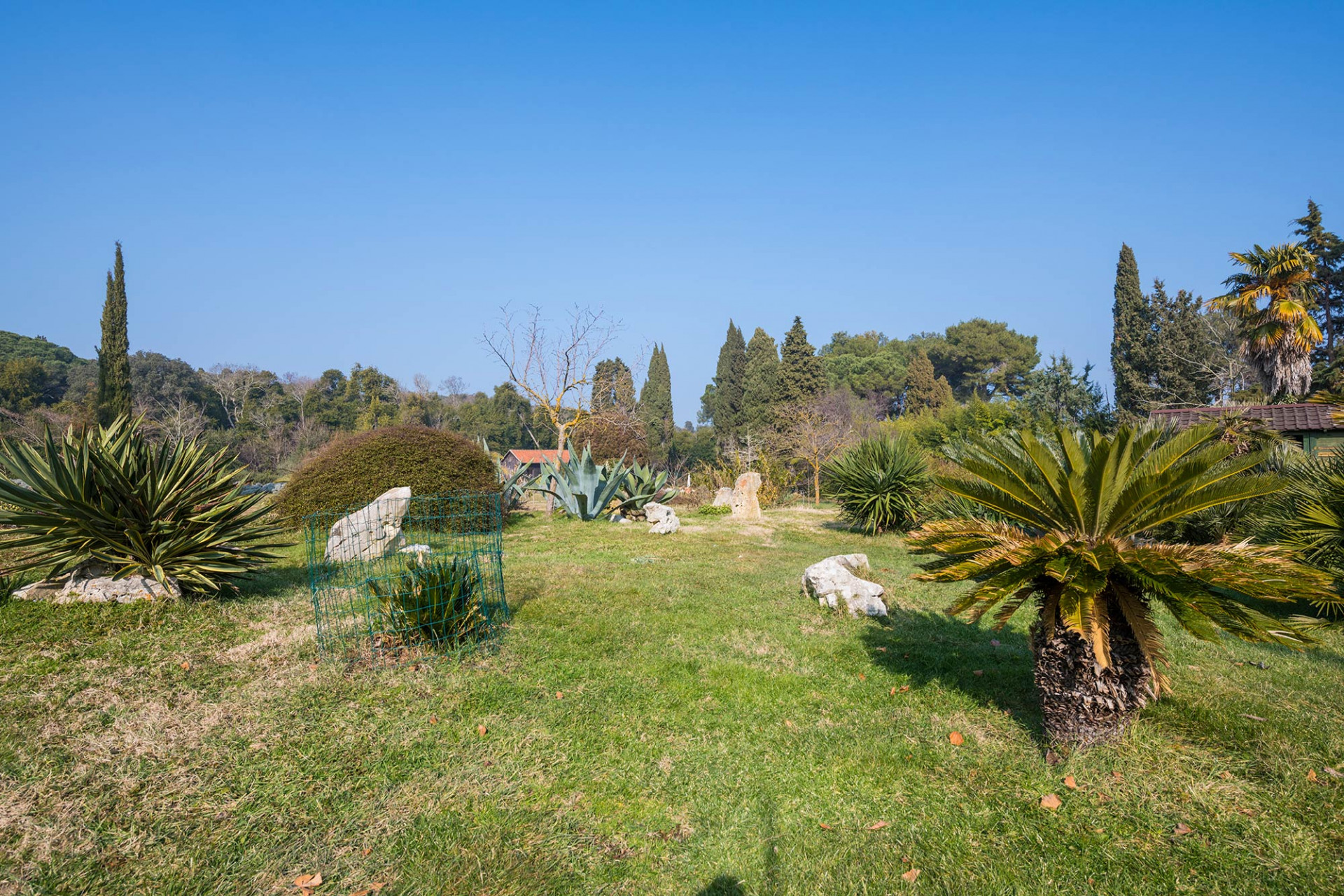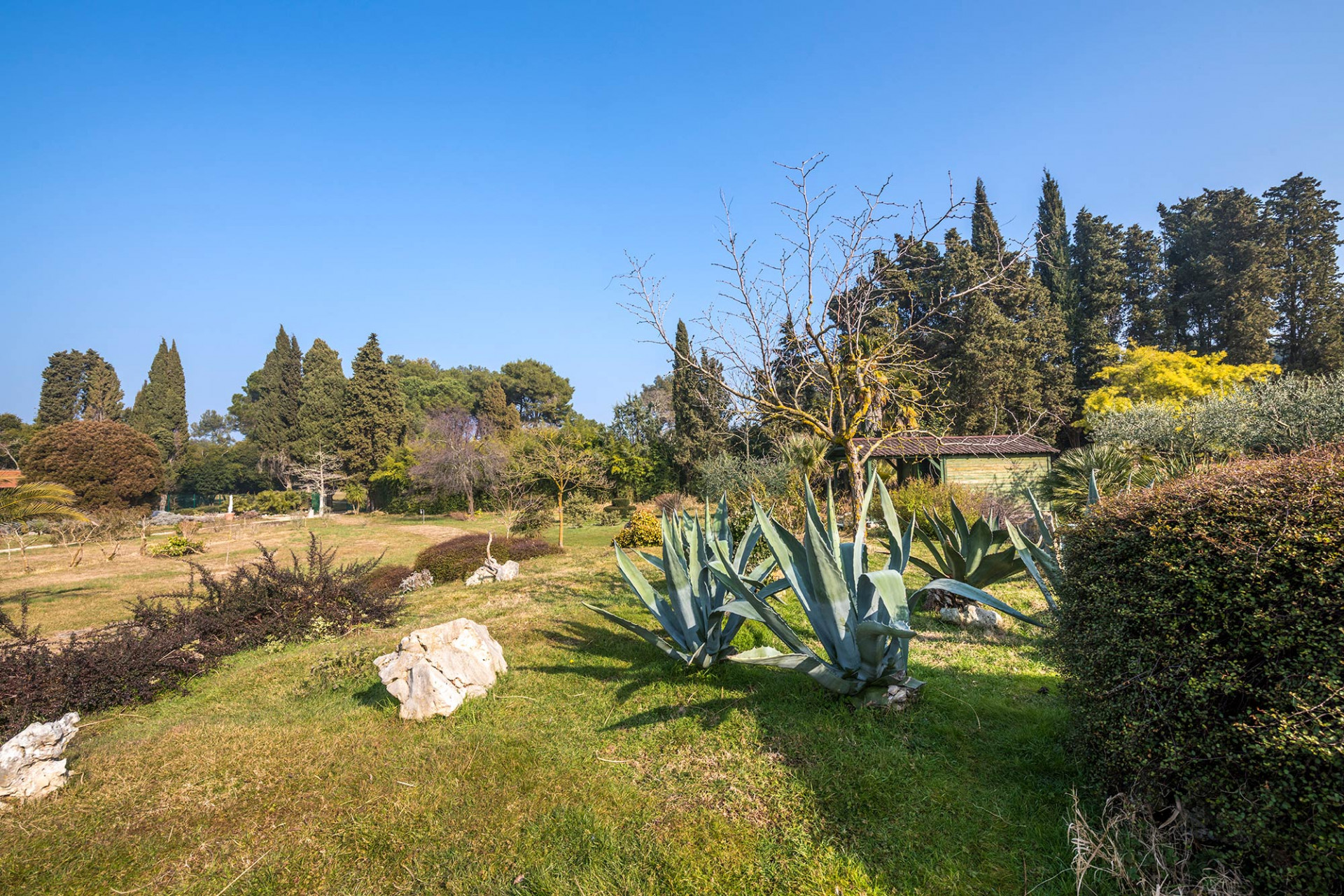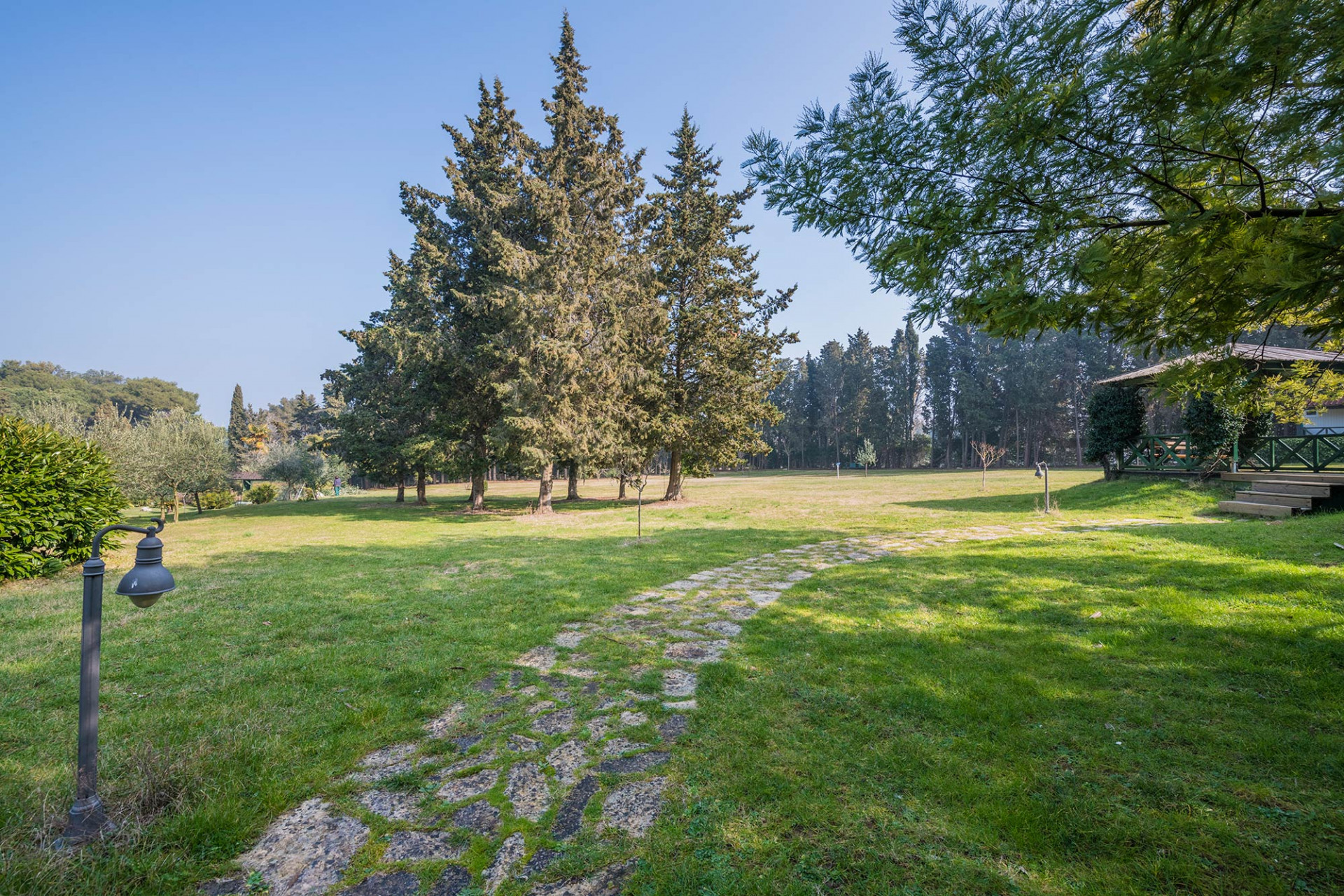Forest nursery
At first, the forest nursery was used for the purpose of forest restoration and remediation, and then decorative species of perennials, trees, and shrubs gradually began to be grown, and some areas were intended for research.
The main purpose of establishing this garden was to enhance the mentioned destination and establish a representative garden that fits in with the other natural and cultural historical features of the National Park.
The garden's attractiveness is based in the value of the National Park, and landscaping in the value of flora and the culture of landscaping. The culture of landscaping the Brijuni Islands dates back to the beginning of the previous century.
The first planned and designed Mediterranean park
Credit for creating the present-day look of Veliki Brijun landscape goes to Paul Kupelwieser and Alois Zuffar (Alojz Čufar), who created the first planned and designed Mediterranean park of contemporary Europe in the Brijuni Islands. The autochthonous flora elements, as well as the introduced ones that have inhabited Brijuni for almost a century, are well integrated in the park.
The specially designed surfaces of the Brijuni Mediterranean garden are now home to 169 different autochthonous and exotic plant species labelled with QR codes for more detailed information on a particular species.
 Parks of Croatia
Parks of Croatia
 EU projects
EU projects English
English
